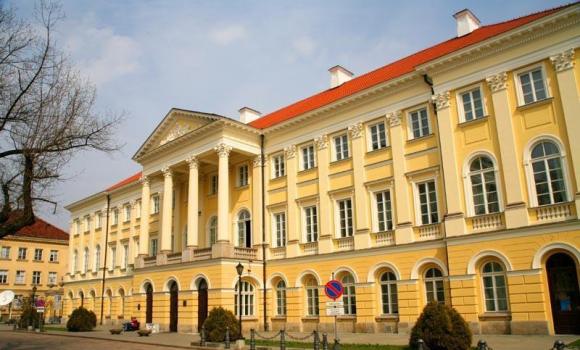Polish archaeologists and police are exploiting historically low water levels on the Vistula River to recover dozens of marble and alabaster decorative elements looted from Polish landmarks in the 17th century. Utilizing a Mil Mi-8 police helicopter, archaeologists are carefully lifting the sculptures from the riverbed and transporting them to drier locales for conservation and restoration. The decorative elements were looted from Poland’s Royal Castle and the Kazimierz Palace by Swedish forces after they captured Warsaw during the mid-17th century. The loot was loaded onto barges and prepared for transit to Sweden via the Vistula and then the Baltic. At least one barge, though, sank en route and scattered its precious cargo along the riverbed. Polish archaeologists have known about the treasures, but river conditions have rarely cooperated such that they could retrieve the pieces. Efforts over the last 3 years have yielded some results, but nothing like the finds archaeologists are making now.
Today, Sweden is most often associated with IKEA furniture, safe cars (cb radio optional), cars born from jets and ABBA, but the Swedish Empire once encompassed 1.1 million square kilometers and dominated its northern European rivals. By comparison, the Holy Roman Empire was 1 million sq. km. and modern Sweden is 450,000 sq. km. The Empire was founded in 1611 by Gustavus Adolphus, a brilliant military commander, who defeated his rivals in the Thirty Years War and began the expansion of Sweden’s borders. Between 1600 and 1721, the Poles and the Swedes clashed no fewer than 6 times in conflicts lasting up to 11 years. It was during one of these wars that the decorative structures being recovered today were looted from Poland’s Royal Castle and the Kazimierz Palace. In addition to waging war against the Poles, the Swedes also attacked and occupied territory in modern day Denmark, Estonia, Finland, Germany, Latvia, Lithuania, Norway, and Russia. The Great Northern War which concluded in 1721 marked the end of Sweden’s status as a great power and the empire’s territorial breadth began to slowly recede.




